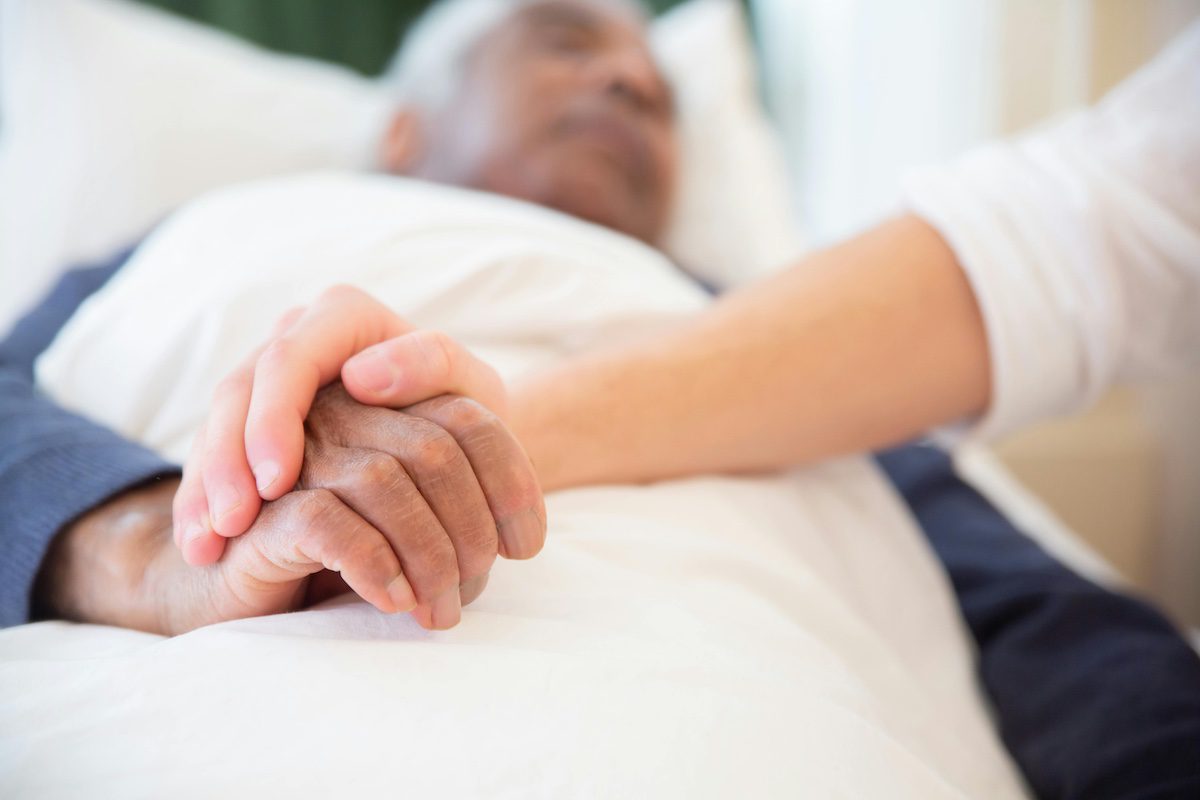Chronic pain is a widespread issue among elderly patients, impacting their quality of life, mobility, and emotional well-being. As people age, they become more susceptible to conditions that cause persistent pain, such as arthritis, neuropathy, and musculoskeletal disorders.
For many elderly individuals, managing chronic pain is not just about addressing discomfort; it’s about maintaining their independence and ability to engage in daily activities.
In this blog post, we will explore various strategies and tips for managing chronic pain in elderly patients, from medical interventions to lifestyle changes and complementary therapies.
Understanding Chronic Pain in the Elderly
Chronic pain is typically defined as pain lasting longer than three to six months. For elderly individuals, this pain can stem from several causes, including:
- Osteoarthritis: A degenerative joint disease that leads to pain and stiffness.
- Neuropathy: Often associated with diabetes or other conditions, it causes nerve pain, particularly in the hands and feet.
- Back pain: Common in older adults due to spinal degeneration or osteoporosis.
- Fibromyalgia: A chronic condition characterized by widespread pain, fatigue, and tenderness in the muscles.
- Post-surgical pain: For many seniors, surgeries related to joint replacements or other procedures can leave lasting discomfort.
Addressing chronic pain in elderly patients is complicated by factors such as age-related changes in metabolism, the presence of multiple chronic conditions, and increased sensitivity to certain medications. As a result, a tailored, multidisciplinary approach is often necessary.
Medical Treatments for Chronic Pain
One of the most common approaches to managing chronic pain in elderly patients involves the use of medications. However, it’s crucial to balance effective pain relief with minimizing side effects, which can be more pronounced in older adults.
1. Analgesics
- Nonsteroidal Anti-Inflammatory Drugs (NSAIDs): While NSAIDs like ibuprofen and aspirin are commonly used to treat pain and inflammation, long-term use in seniors can increase the risk of gastrointestinal bleeding, kidney damage, and cardiovascular issues. Therefore, their use must be monitored carefully by a healthcare provider.
- Acetaminophen: Often considered safer for older adults, acetaminophen can be effective for mild to moderate pain. However, it’s essential to follow dosage recommendations strictly to avoid liver damage.
2. Opioids
For more severe pain, particularly pain related to cancer or advanced osteoarthritis, opioids may be prescribed. However, the use of opioids in elderly patients comes with significant risks, including dependency, cognitive impairment, and falls.
Healthcare providers may prescribe these drugs cautiously, often at the lowest effective dose and for the shortest duration possible.
3. Topical Treatments
Topical creams and patches containing NSAIDs, capsaicin, or lidocaine can offer pain relief with fewer systemic side effects, making them an appealing option for seniors with localized pain.
4. Physical Therapy and Rehabilitation
Physical therapy plays a vital role in managing chronic pain for elderly patients. Through targeted exercises and movement therapies, physical therapists can help seniors improve their strength, flexibility, and mobility.
Physical therapy can also address pain by reducing muscle stiffness and improving joint function.
5. Steroid Injections
For conditions like osteoarthritis or sciatica, corticosteroid injections can provide temporary relief by reducing inflammation in specific joints or areas of the body.
While effective, these injections are usually limited due to potential long-term side effects such as bone weakening.
Non-Pharmacological Approaches
Beyond medications, there are several non-pharmacological strategies that elderly patients can incorporate into their pain management plan.
1. Exercise
While it may seem counterintuitive, staying active is one of the most effective ways to manage chronic pain. Low-impact exercises such as walking, swimming, and yoga help improve muscle tone, joint flexibility, and overall endurance.
Exercise also releases endorphins, the body’s natural painkillers, which can help reduce the perception of pain.
Encouraging elderly patients to engage in regular physical activity tailored to their abilities can have a significant positive impact on their pain levels and overall well-being.
2. Mind-Body Techniques
Pain is not only a physical sensation but also an emotional experience. Mind-body techniques such as meditation, deep breathing, and guided imagery can help seniors manage their pain by reducing stress and promoting relaxation.
These techniques can also improve sleep, which is often disrupted by chronic pain.
3. Cognitive Behavioral Therapy (CBT)
CBT is a form of psychological therapy that teaches patients how to change negative thought patterns related to pain.
By shifting their mindset, elderly patients can develop more effective coping strategies for their chronic pain, which may reduce their reliance on medication.
4. Massage Therapy and Acupuncture
Complementary therapies such as massage and acupuncture can also be valuable tools in managing chronic pain. Massage therapy helps to relax muscles, reduce tension, and improve circulation, which can alleviate pain.
Acupuncture, an ancient Chinese practice involving the insertion of thin needles into specific points on the body, is believed to stimulate the body’s healing processes and reduce pain.
While these therapies may not work for everyone, many seniors find them to be a helpful supplement to their overall pain management plan.
Lifestyle Modifications for Pain Management
In addition to medical treatments and therapies, making certain lifestyle changes can help elderly patients better manage their chronic pain.
1. Healthy Diet
Nutrition plays a role in managing inflammation and overall health. A diet rich in fruits, vegetables, whole grains, lean proteins, and omega-3 fatty acids can help reduce inflammation, which is often a contributor to chronic pain.
Encouraging elderly patients to maintain a balanced diet can not only improve their pain levels but also boost their energy and mood.
2. Sleep Hygiene
Chronic pain can significantly disrupt sleep, leading to a cycle of pain and fatigue.
Implementing good sleep hygiene practices, such as maintaining a regular sleep schedule, creating a comfortable sleep environment, and limiting caffeine intake, can help seniors improve the quality of their sleep and, in turn, manage their pain more effectively.
3. Weight Management
For elderly patients with joint pain, maintaining a healthy weight is crucial. Excess weight puts additional strain on joints, particularly in the knees, hips, and lower back.
By achieving and maintaining a healthy weight, seniors can reduce the burden on their joints and potentially lessen their pain.
The Importance of Social Support
Managing chronic pain can be emotionally challenging, especially for elderly patients who may feel isolated or frustrated by their limitations.
A strong social support system can provide emotional comfort and practical assistance, such as help with daily tasks and encouragement to stay active.
Family members, friends, and caregivers can play an essential role in ensuring that elderly patients feel supported as they navigate their pain management journey.
Joining support groups for individuals dealing with chronic pain can also offer seniors a sense of community and understanding.
Final Thoughts
Chronic pain in elderly patients is a complex issue that requires a comprehensive, individualized approach. By combining medical treatments, physical therapy, lifestyle changes, and emotional support, seniors can manage their pain more effectively and enjoy a higher quality of life.
It’s essential for healthcare providers, caregivers, and family members to work closely with elderly patients to develop a personalized pain management plan that addresses their specific needs and preferences.
With the right strategies in place, chronic pain doesn’t have to define an elderly patient’s life – it can be managed, allowing them to maintain their independence, mobility, and well-being.


